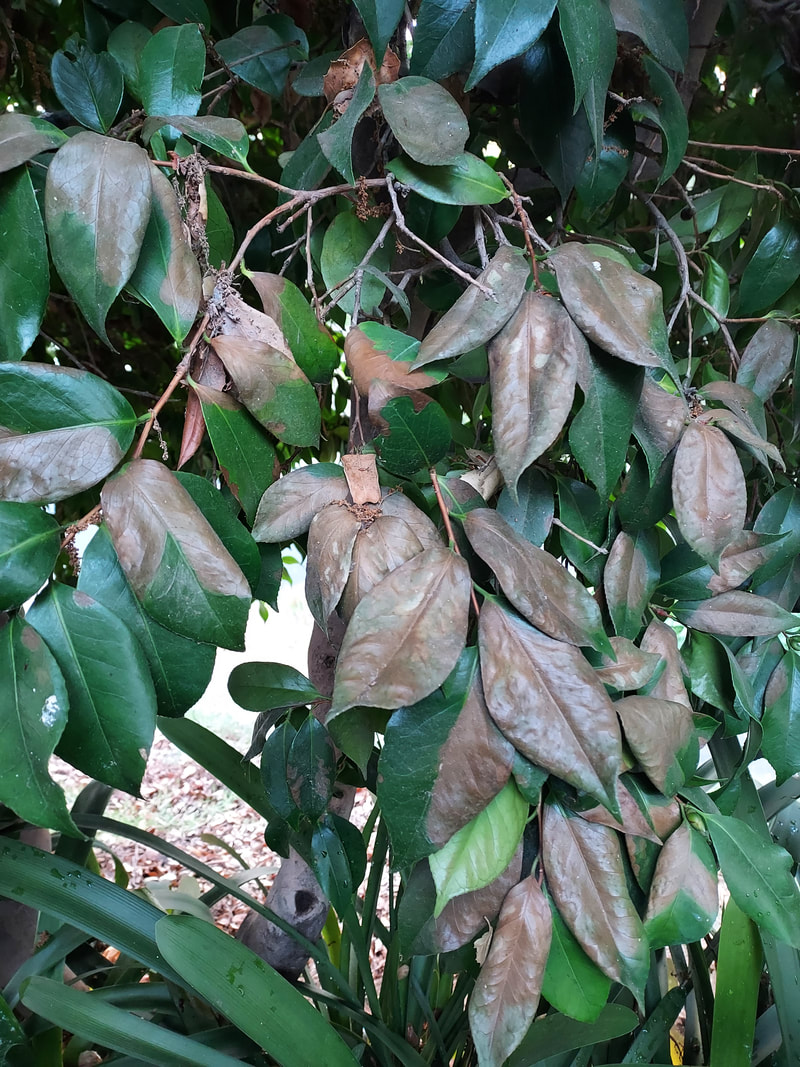This morning, the forecast for 2 more days of 105+ heat before a reprieve of “only” 93 degrees and then a true blessing of 85 and 80 degrees got me into the garden to check on the newest-planted tomatoes. Thankfully, they’re still green and perky. I gave them another watering and look forward to their recouperating by this time next week.
Ah, well. As much energy and water as we expend in our lovely gardens, sometimes the magic works, and sometimes it doesn’t. Definitely time to move on to the cool-season garden.
Some thoughts on our perhaps-continuing heat, and what to do – and not do – from my Stressing Out In This Heat? – 7/24/23 blog:
If the heat spell continuesKeep the soil moist but not wet throughout the entire root zone so that both moisture and air will always be sufficiently available when the plant roots need them.Keep shading devices installed.Don’t plant or transplant. These activities are stressful enough for plants, without the additional heat stress issues.Don’t apply any chemicals for plant disease and insect issues, even soap or neem oil, when air temperatures are above 80 degrees.Do get rid of weeds, many of which do well during temperature extremes and certainly do compete with garden plants for water and nutrients.
After the heat spell retreatsDon’t prune or fertilize, as these activities stress the plant even more.Instead, allow plants to rebalance themselves in relief from the intense heat for several weeks.After a month or so, when you see that new growth has emerged and perhaps blossoming has resumed (once the air temperature is again consistently below about 85 degrees), then you can gently trim dead foliage without fear that you’ll stress the plant even more.Resume planting and transplanting.

No Responses